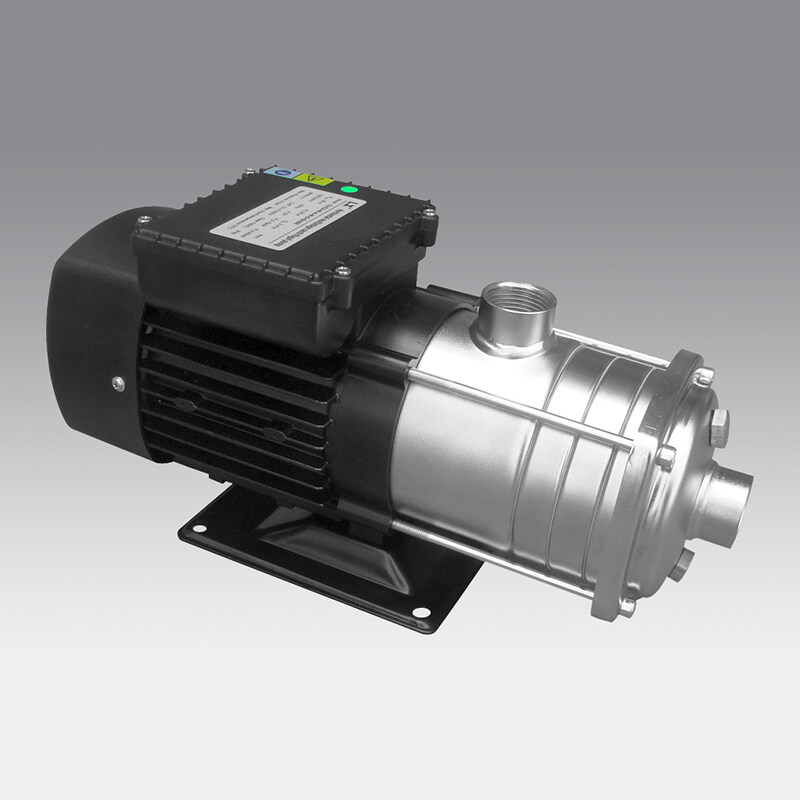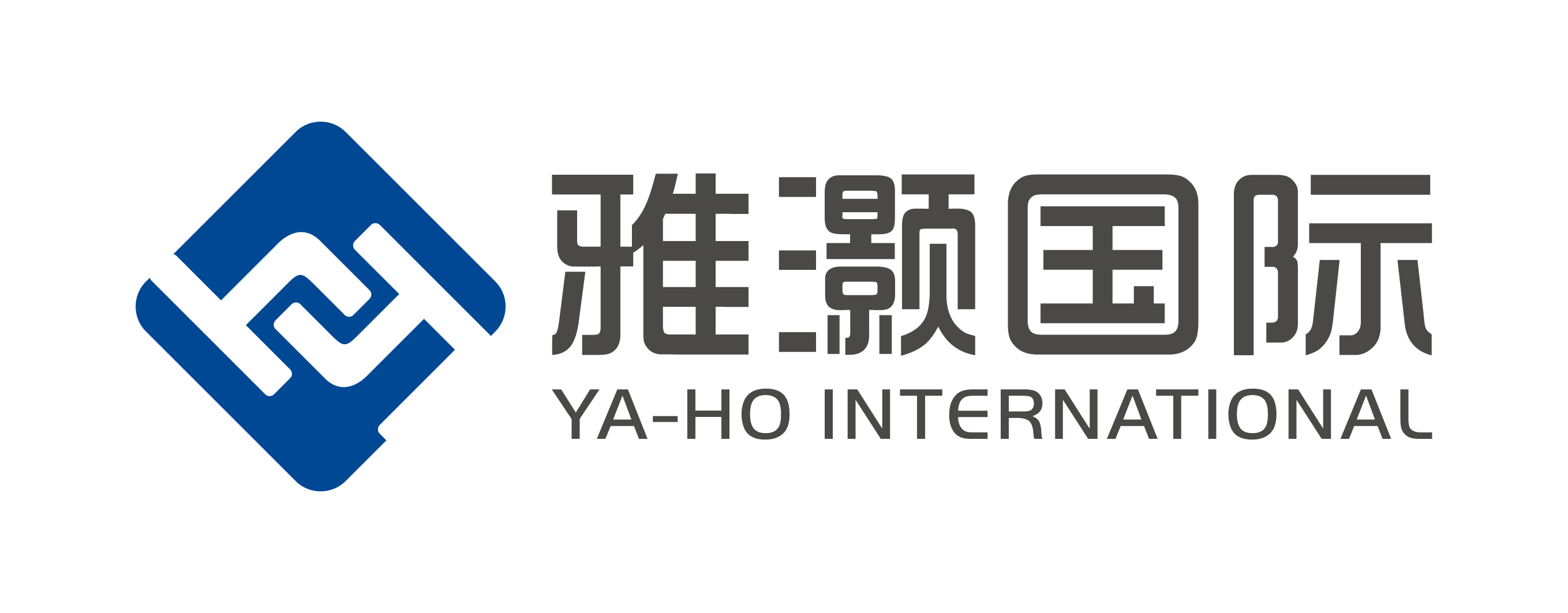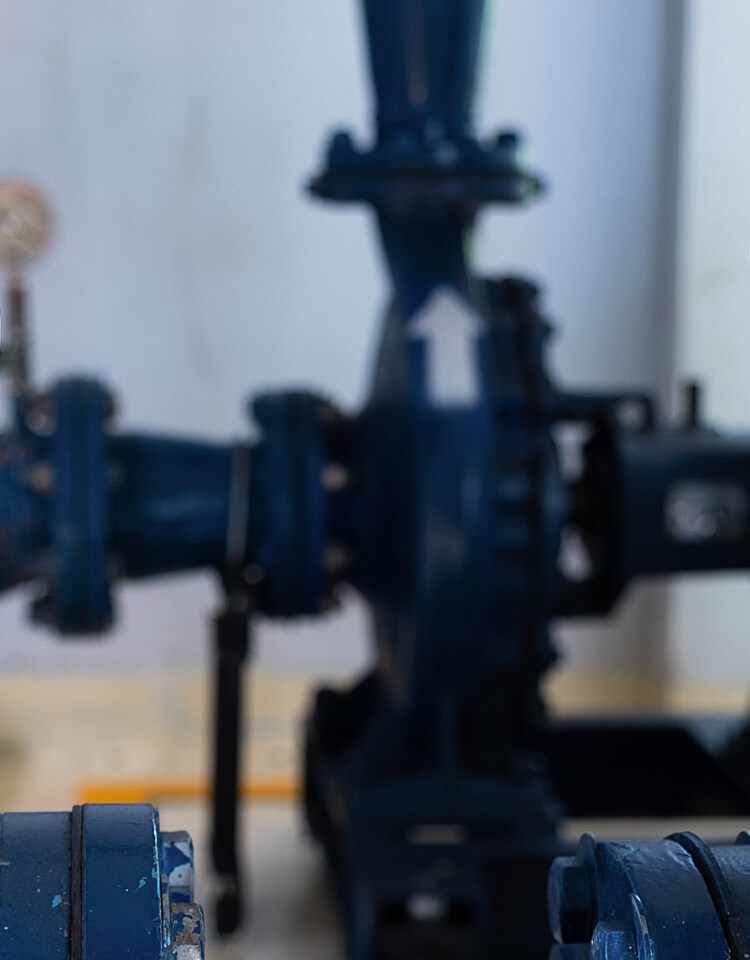Email format error
Email cannot be empty
Email already exists
6-20 characters(letters plus numbers only)
The password is inconsistent
Email format error
Email cannot be empty
Email does not exist
6-20 characters(letters plus numbers only)
The password is inconsistent

News

China double stage vane pump manufacturer
The advantages of vane pump are stable operation, small pressure pulsation, low noise, compact structure, small size and large flow. The disadvantages are: high requirements for oil, such as impurities in the oil, the blades are easy to get stuck; compared with the gear pump, its structure is more complicated.
It is widely used in medium and low pressure hydraulic systems such as special machine tools and automatic lines in machinery manufacturing. The pump has two structural forms: one is a single-acting vane pump, and the other is a double stage vane pump. The double stage vane pump is one of them. Let's take a look at the characteristics and working principle of the double stage vane pump!

Structural characteristics of double stage vane pump-China double stage vane pump manufacturer
✔️Blade thickness
If the double stage vane pump does not consider the thickness of the vane, the output flow of the pump is uniform, but the actual vane has a thickness, and the long-radius arc and the short-radius arc cannot be completely concentric, especially the groove at the bottom of the vane and the oil pressure chamber. Therefore, the output flow of the pump will have a small pulsation, but its pulsation rate is much smaller than other forms of pumps (except the screw pump), and it is small when the number of vanes is an integer multiple of 4. For this reason, the double stage vane pump The number of leaves is generally 12 or 16.
✔️Distribution plate
The valve plate structure has two oil suction windows and two oil discharge ports on the valve plate. The sealing area is between the windows. The central angle α of the sealing area is slightly larger than or larger than the angle β between the two blades to ensure sealing. When the sealing oil between the two vanes transitions from the suction area to the sealing area, the pressure is basically the suction pressure.
When the rotor rotates through a small angle, the sealing cavity is connected with the oil pressure cavity, the oil pressure suddenly increases, the volume of the oil shrinks, and the flow suddenly decreases, causing the flow pulsation, pressure pulsation, vibration and noise of the hydraulic pump.
In order to eliminate this phenomenon, a triangular groove is opened on the side of the oil pressure window of the valve plate that enters the sealing area from the oil suction area by the vane. There is a slot near the center of the valve plate. The groove is communicated with the oil pressure chamber and communicated with the bottom of the rotor blade groove, so that the bottom of the blade acts with pressure oil.
✔️Stator curve
The stator curve consists of four arcs and four transition curves. The transition curves are mainly modified Archimedes spiral, sinusoidal acceleration curve, equal acceleration- equal deceleration curve, and high-order curve. The current double stage vane pump mostly adopts the constant acceleration and constant deceleration curve.
✔️Inclination of the blade
During the working process of the blade, the centrifugal force and the hydraulic pressure at the bottom of the blade make the blade and the stator in close contact. When the vanes turn to the oil pressure zone, the inner wall of the stator is forced to retract towards the center of the rotor. In the double stage vane pump, the vane is inclined forward by an angle along the rotor rotation direction. It can reduce the lateral force acting on the vane by the inner wall of the stator, make the vane move flexibly in the groove, and reduce wear.
Conclusion
If you are looking for a China double stage vane pump factory,China double stage vane pump manufacturer,China double stage vane pump supplier, we hope we will be your best choice.

